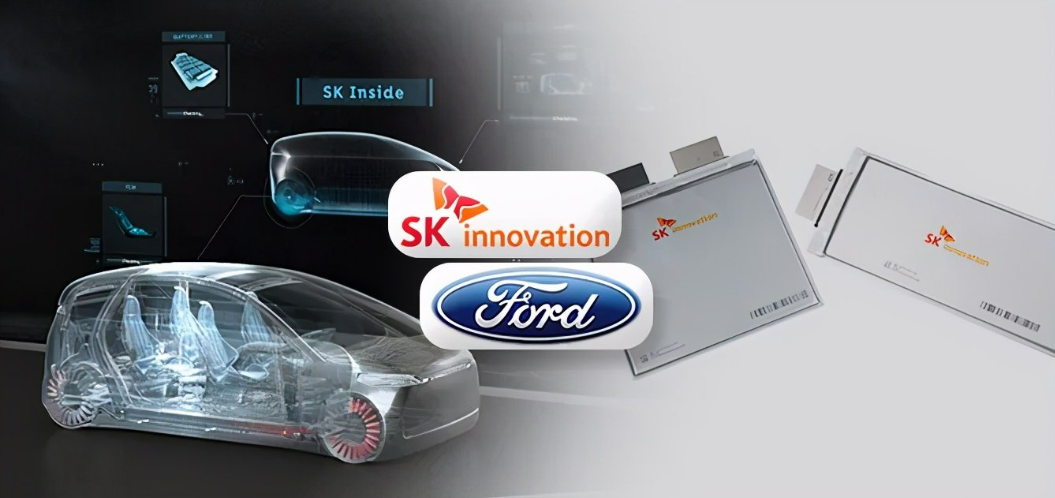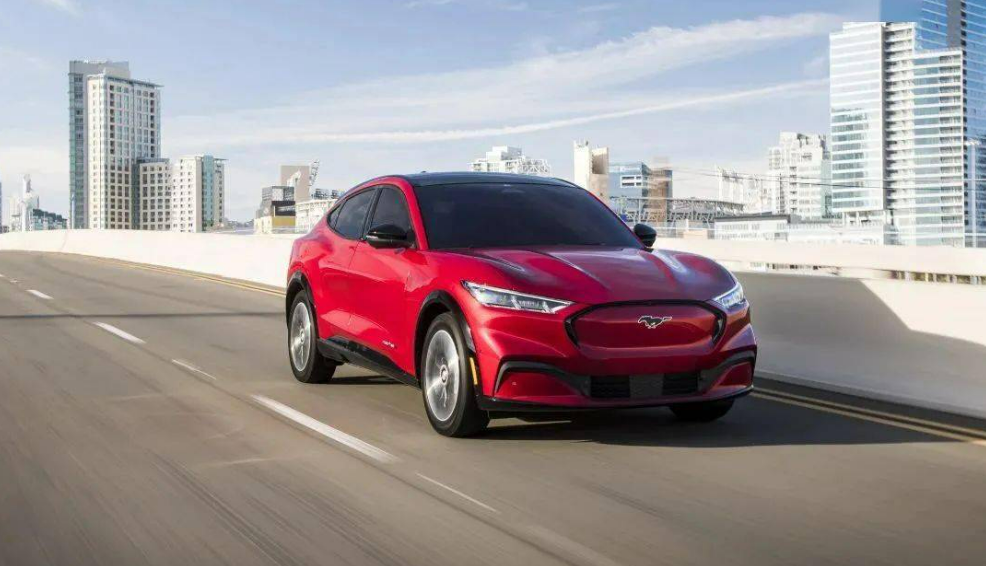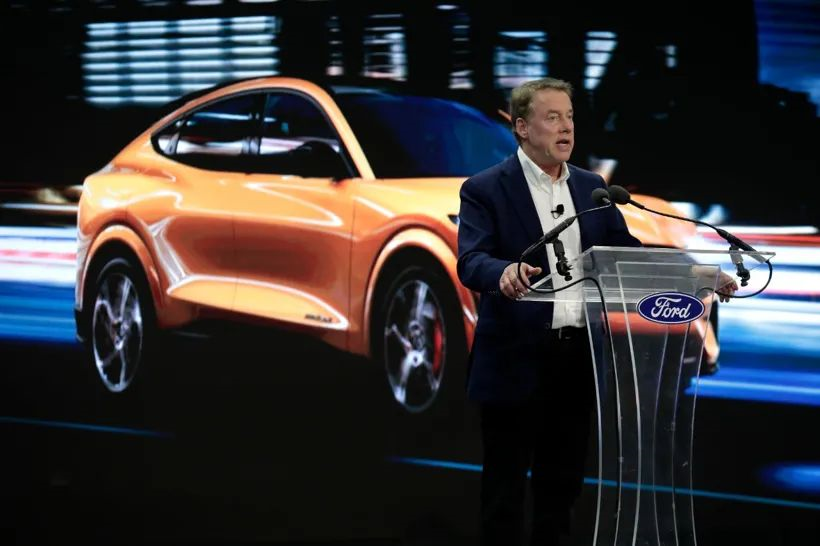Author: 大眼
Recently, CATL and Ford announced that they would jointly invest $3.5 billion to build a lithium iron phosphate battery factory in Michigan, USA. The factory is expected to begin production in 2026, with an annual output of enough batteries for 400,000 electric vehicles, which will support Ford’s plan to achieve an annual production capacity of 2 million electric vehicles by 2026.
CATL’s strategic deployment in the US market
Compared to Ford’s new battery factory, CATL’s entry into the US market undoubtedly received more attention.
Under the influence of the US “Inflation Reduction Act”, the US government’s subsidies for battery manufacturers and personal tax deductions for electric vehicle users are so strong that battery manufacturers and automakers without production bases in the US will lose competitiveness. In this case, if CATL does not enter the US market, it will undoubtedly give up the US market.
Before CATL, Guoxuan High-tech and Envision Energy had already built factories in the US. However, Guoxuan High-tech’s major shareholder is Volkswagen, and Envision Energy’s battery system is derived from Nissan. Compared with CATL, these two companies faced less resistance when setting up and operating their factories in the US.
Against the background of comprehensive competition between China and the United States, CATL’s entry into the US market through Ford, is undoubtedly the lowest-risk approach. Although Ford owns 100% of the factory, CATL’s products can enter the US market through being installed on Ford’s models; under the condition of transferring a part of equity, CATL’s batteries can be sold in the US.
Ford Automotive Achieves Three Goals with One Stroke by Introducing CATL
Previously, Ford and South Korean enterprise SK’s electric vehicle company SK On had jointly invested KRW 5.1 trillion to establish a joint venture BlueOval SK, of which a new factory had started construction. In the newly constructed battery factory, Ford holds 100% of the equity, compared with the previous 50%. Therefore, Ford now has absolute decision-making power in the new battery factory.Although the entire factory is operated and importing technology from CATL by Ford subsidiary(Ningde Times New Energy Technology Co., Ltd.), Ford not only can obtain the eventual profits of the factory but also have the final say in the strategic allocation of related resources, product import, and other aspects.

From a product perspective, the factory established in Michigan by Ford and CATL is a lithium iron phosphate battery factory. As we all know, Korean battery companies have more products on the lithium ternary power line, while domestic battery companies, especially major companies like CATL, are based on both ternary lithium and lithium iron phosphate batteries. Compared with lithium ternary batteries, the cost of lithium iron phosphate batteries is lower. Therefore, for entry-level models, battery technology based on lithium iron phosphate is often more suitable.
In January, Tesla fired the first shot of price cuts in China, a move that not only affected China but also the rest of the world. As the most direct competitor to the Model Y in the US, Ford’s Mustang Mach-E has to follow the Model Y’s lead in lowering its price to ensure its price-to-performance ratio.
Within Ford, Mustang Mach-E’s profit margin has never been high, and it’s difficult to keep up with the Model Y’s continuous price cuts due to cost issues. Therefore, cost reduction is the only way to ensure the price-to-performance ratio of Mustang Mach-E. Replacing the existing ternary lithium battery on the Mustang Mach-E with CATL’s lithium iron phosphate battery is the most direct way to reduce the price of the entry-level Mustang Mach-E.

From the perspective of supply chain security, Ford also urgently needs to find a second battery supplier outside of SK Innovation. This can not only bring greater bargaining power but also contribute to the stability of the supply chain to avoid potential risks.
The issue with LG’s new energy battery caused General Motors to recall Chevrolet Bolt and brought huge impact to the electric car strategy and reputation of General Motors. Although LG New Energy bore the majority of the recall costs, the incident still had a significant impact.
After introducing CATL, Ford can introduce a relatively benign competition between SK ON and CATL. If any of the two suppliers encounter problems, it will not cause a disastrous situation. With Ford’s future volume of 2 million, it can easily afford to have two battery suppliers.
For electric vehicles, the significance of the battery is self-evident. Germany’s Volkswagen Group has invested in China’s Guoxuan High-tech and Sweden’s Northvolt, hoping to lay out upstream battery research and development and manufacturing. Volkswagen has even become a major shareholder of Guoxuan High-tech and entrusted it with the management of several of its battery factories. This approach is similar to Ford’s introduction of CATL.
However, only holding stakes or introducing third-party battery companies is not enough.
In contrast to Volkswagen and Ford, BYD and Tesla benefit more from their ability of self-research and development of batteries. BYD, currently booming, started with lithium iron phosphate batteries. As for Tesla, which has outsourced manufacturing to Japan’s Panasonic, it also has strong battery self-research and development capabilities, and can even dive into the cell level. With solid self-research and development capabilities of batteries, both companies have achieved unparalleled success in the fiercely competitive global new energy vehicle market.
By mastering the self-research and development capabilities of batteries, BYD and Tesla can achieve the overall development of the vehicle’s power system and platform, which can achieve better matching effects compared to those companies that only focus on battery products after they are launched. Especially in the future, when electric vehicles enter the CTC (Cell to Chassis) stage, the coordinated development of batteries and vehicles becomes more important. At that time, even vehicle manufacturers, such as Volkswagen and Ford, who do not possess battery development capabilities, need an electric battery strategic partner who can closely cooperate with them.In the future, with the continuous development of the electric vehicle industry, the need for whole vehicle companies to engage in upstream research and development of batteries will become even more pressing. Whether it is to be able to respond promptly to user feedback in the event of quality issues, or to achieve better coordination and matching between batteries and whole vehicles in terms of performance, to achieve the optimal performance of the whole vehicle’s “three-electric” related systems will put the electrochemical foundation and accumulation of the whole vehicle companies to a significant test.

As global auto giants like Ford take the first step in joint ventures with SK On and CATL, they aim for greater dominance in the field of batteries. Whether CATL can avoid becoming a pawn of Ford or other multinational auto giants will depend on its ability to continue to lead the development of the industry in battery technology, beyond just capacity.
This article is a translation by ChatGPT of a Chinese report from 42HOW. If you have any questions about it, please email bd@42how.com.
